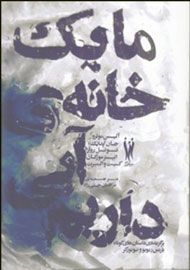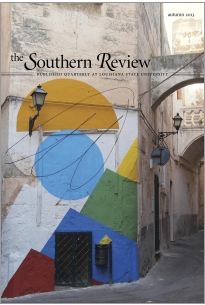 Apart from the poem “Ex-Basketball Player” and short stories like “A&P,” Updike isn’t taught much in American high schools because of the language and sexual content that’s sprinkled liberally throughout his Rabbit series and other classics. But that may change with the republication of Olinger Stories by Everyman’s Pocket Classics, which will be released on October 7, 2014.
Apart from the poem “Ex-Basketball Player” and short stories like “A&P,” Updike isn’t taught much in American high schools because of the language and sexual content that’s sprinkled liberally throughout his Rabbit series and other classics. But that may change with the republication of Olinger Stories by Everyman’s Pocket Classics, which will be released on October 7, 2014.
Ironically, we received a review copy smack in in the middle of Banned Books Week, and the handsome, bargain-priced ($16 SRP) hardcover with Updike’s hand-picked stories gives high school teachers a classroom-worthy book—one that Updike himself considered “his signature collection, the volume of short stories that communicated his freshest impressions of life as it came to him in hardscrabble Berks County, Pennsylvania, in the 1930s and ‘40s,” as a publisher’s note reminds us. Updike once told an interviewer, “If I had to give anybody one book of me, it would be the Olinger Stories.”
There’s a delightful world of language, of place, and of finding one’s place in the world to discover for readers new to Updike. But this new volume may work for scholars as well, because, as the publisher’s note continues, the “text of the stories reprinted here are those that Updike published in The Early Stories, which he deemed definitive,” along with a foreword to the original 1964 Vintage paperback “altered only to incorporate a few small changes made by the author after its initial publication.”
Included, in order, are the stories “You’ll Never Know, Dear, How Much I Love You,” “The Alligators” (which is already being taught in some high schools), “Pigeon Feathers” (also being taught), “Friends from Philadelphia,” “A Sense of Shelter,” “Flight,” “The Happiest I’ve Been,” “The Persistence of Desire,” “The Blessed Man of Boston, My Grandmother’s Thimble, and Fanning Island,” “Packed Dirt, Churchgoing, a Dying Cat, a Traded Car,” and “In Football Season.” Right now, Amazon.com is selling the collection for $10.12. Continue reading →
 The Daily Mail asked British comedian David Baddiel (The Mary Whitehouse Experience) which book he’d take to a desert island, and he chose John Updike. Or more specifically,
The Daily Mail asked British comedian David Baddiel (The Mary Whitehouse Experience) which book he’d take to a desert island, and he chose John Updike. Or more specifically,



